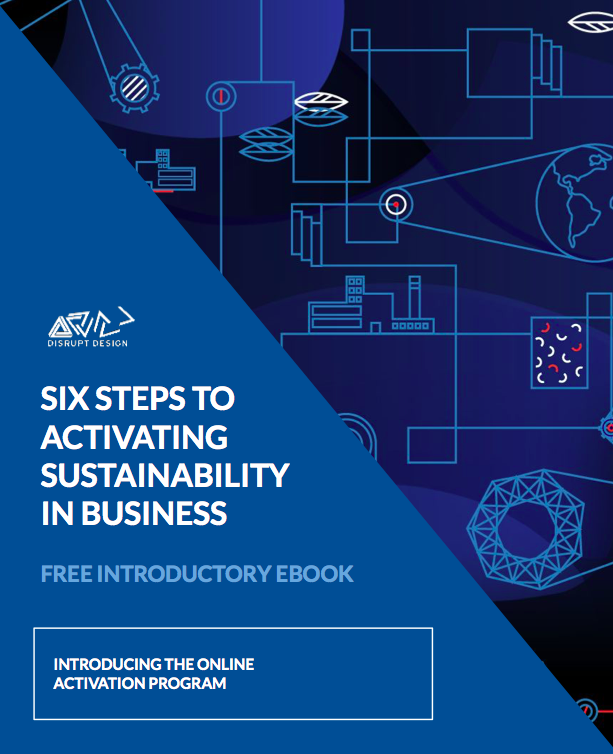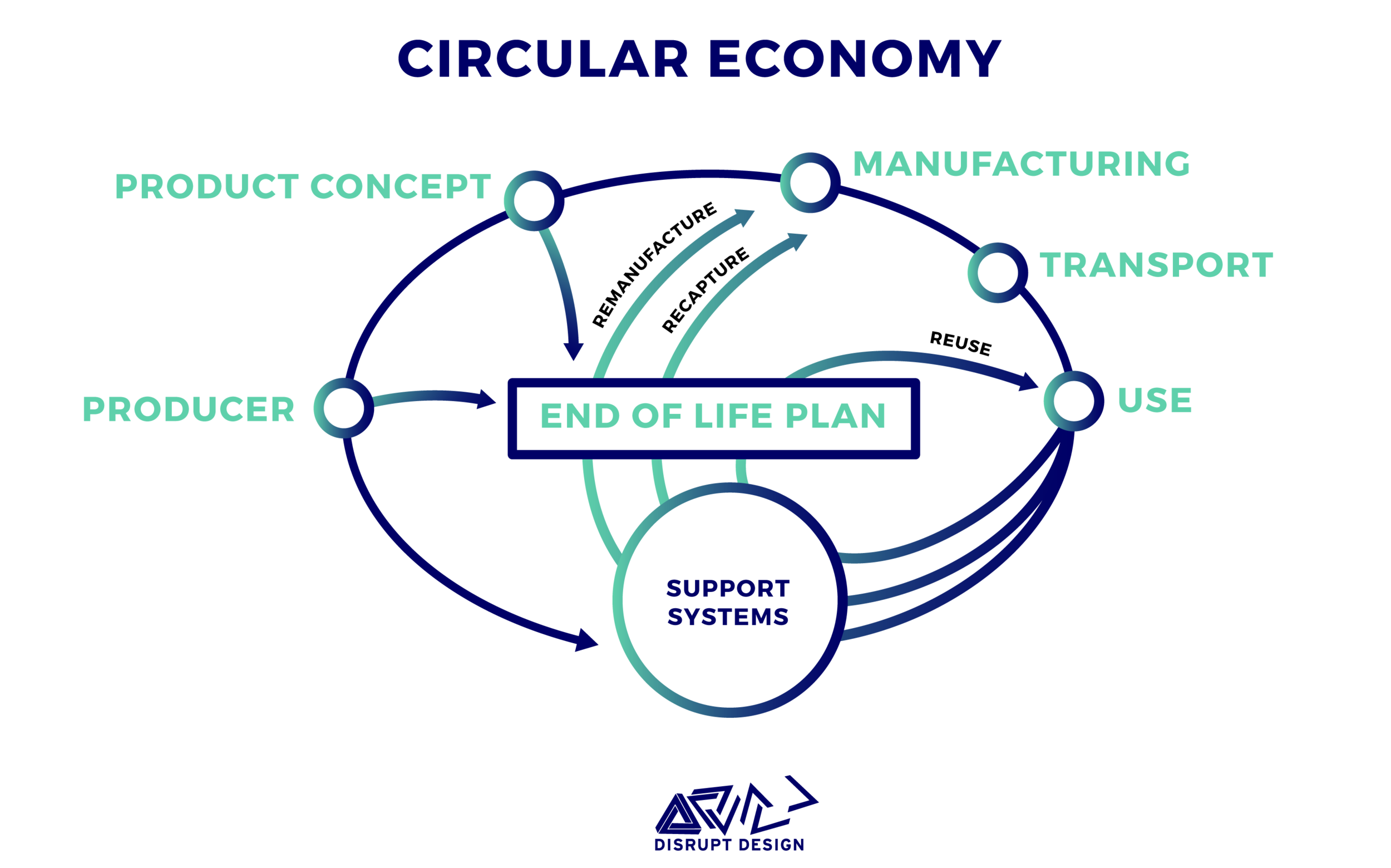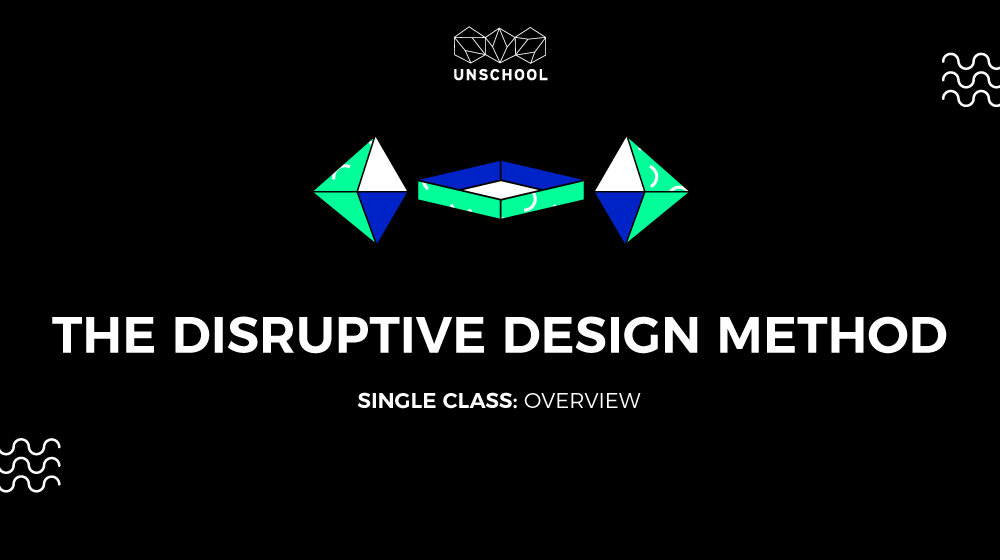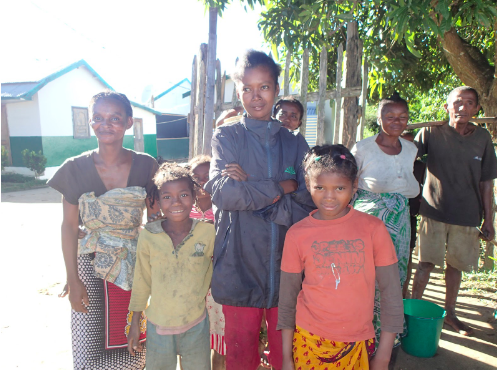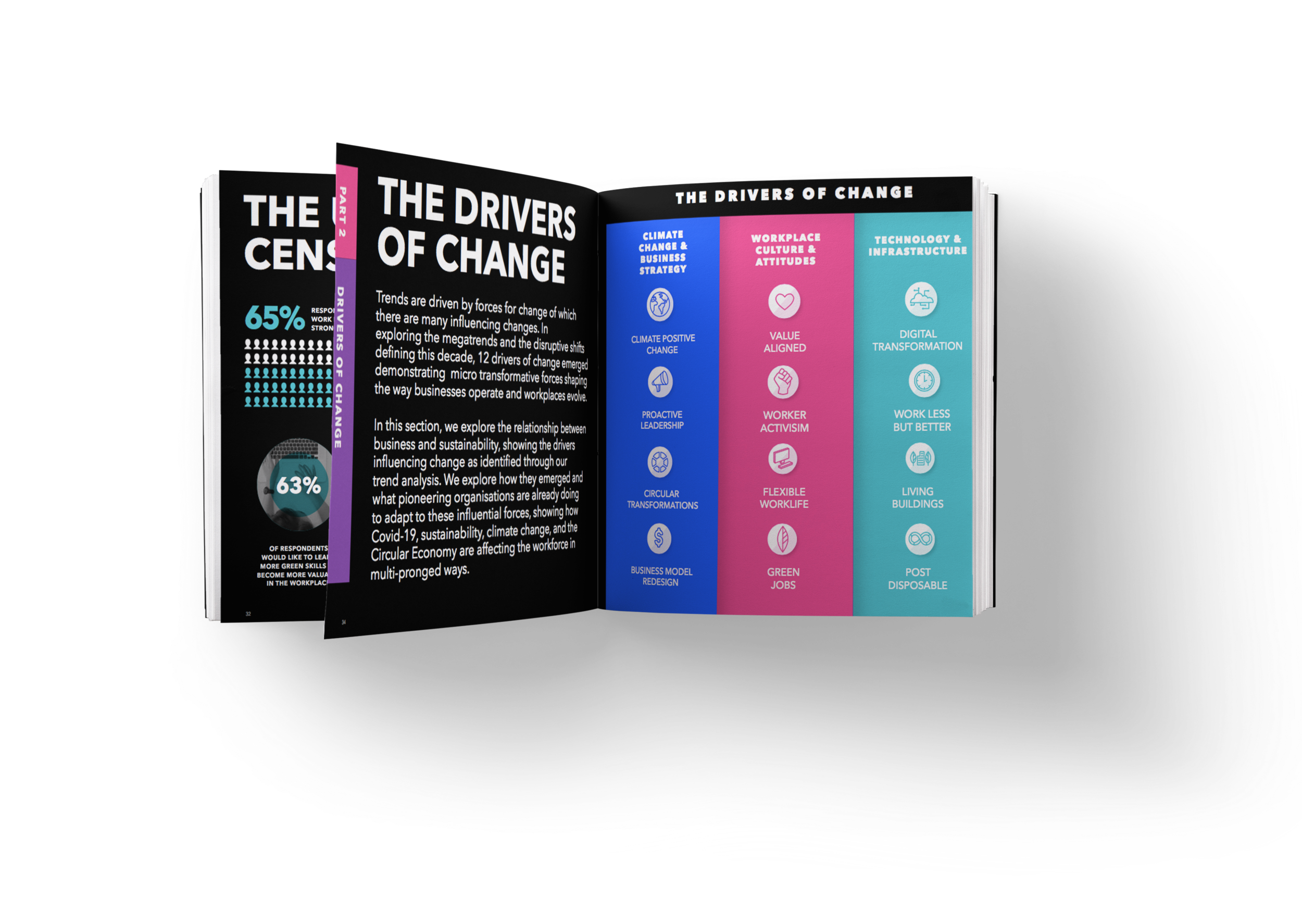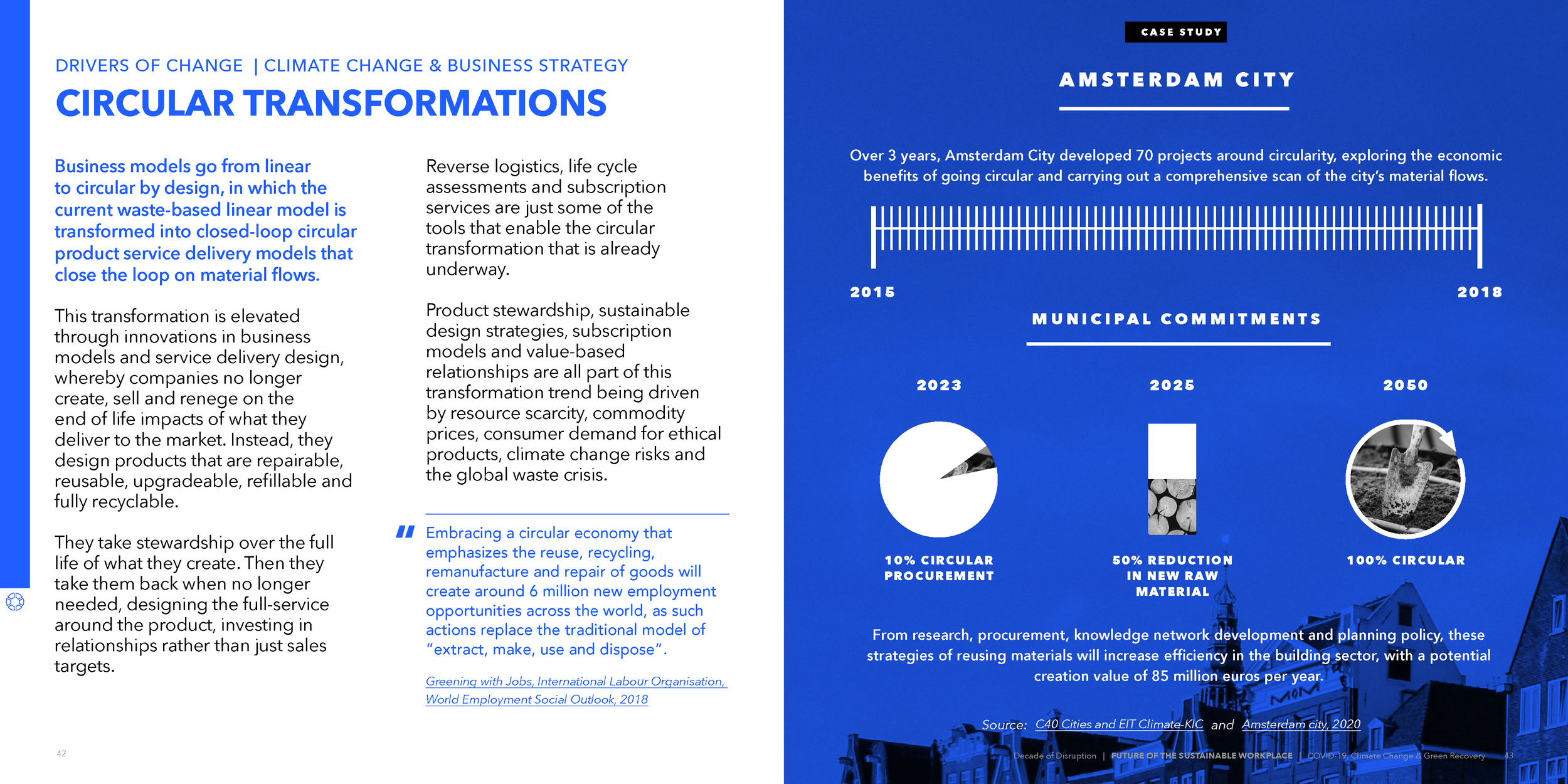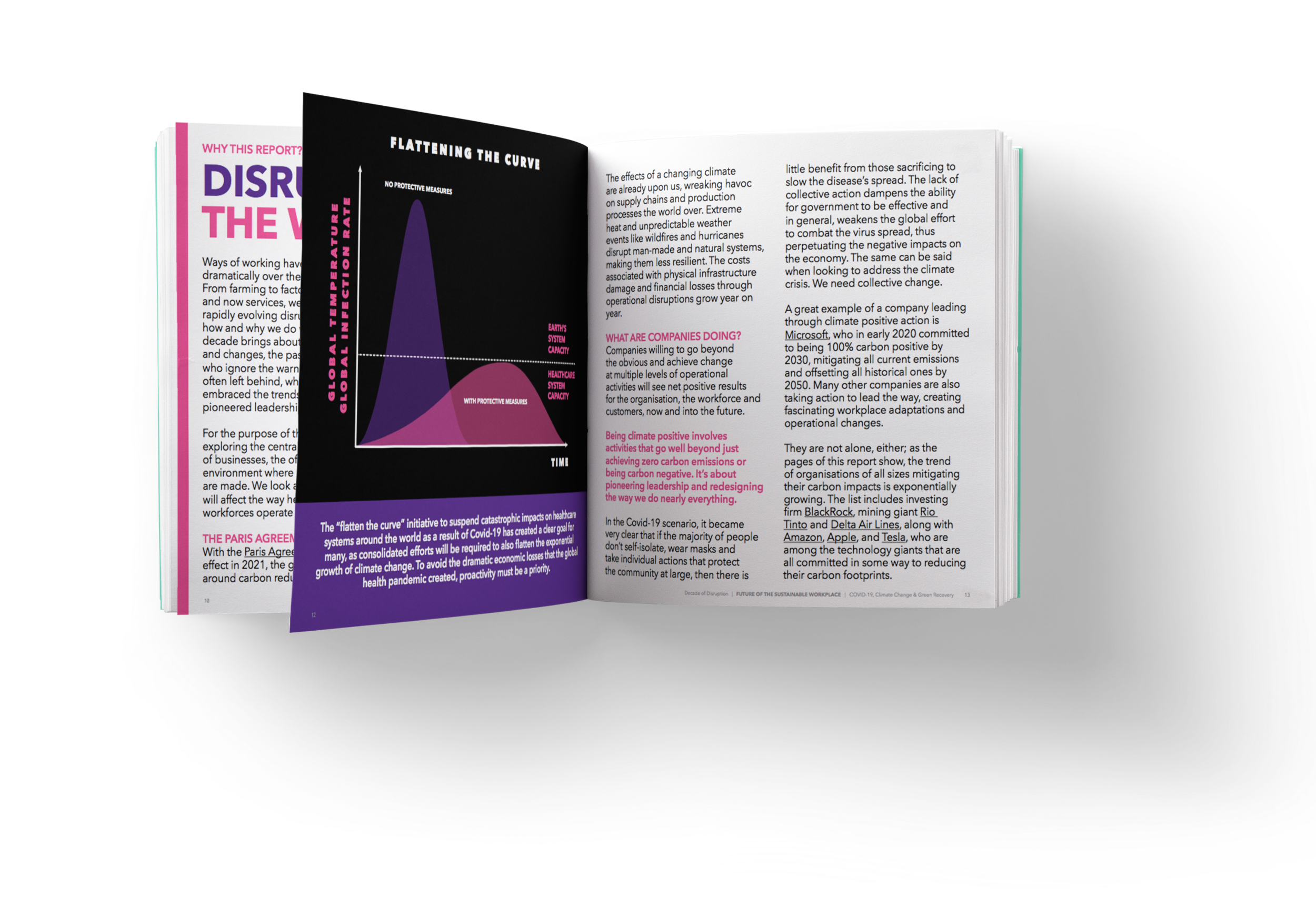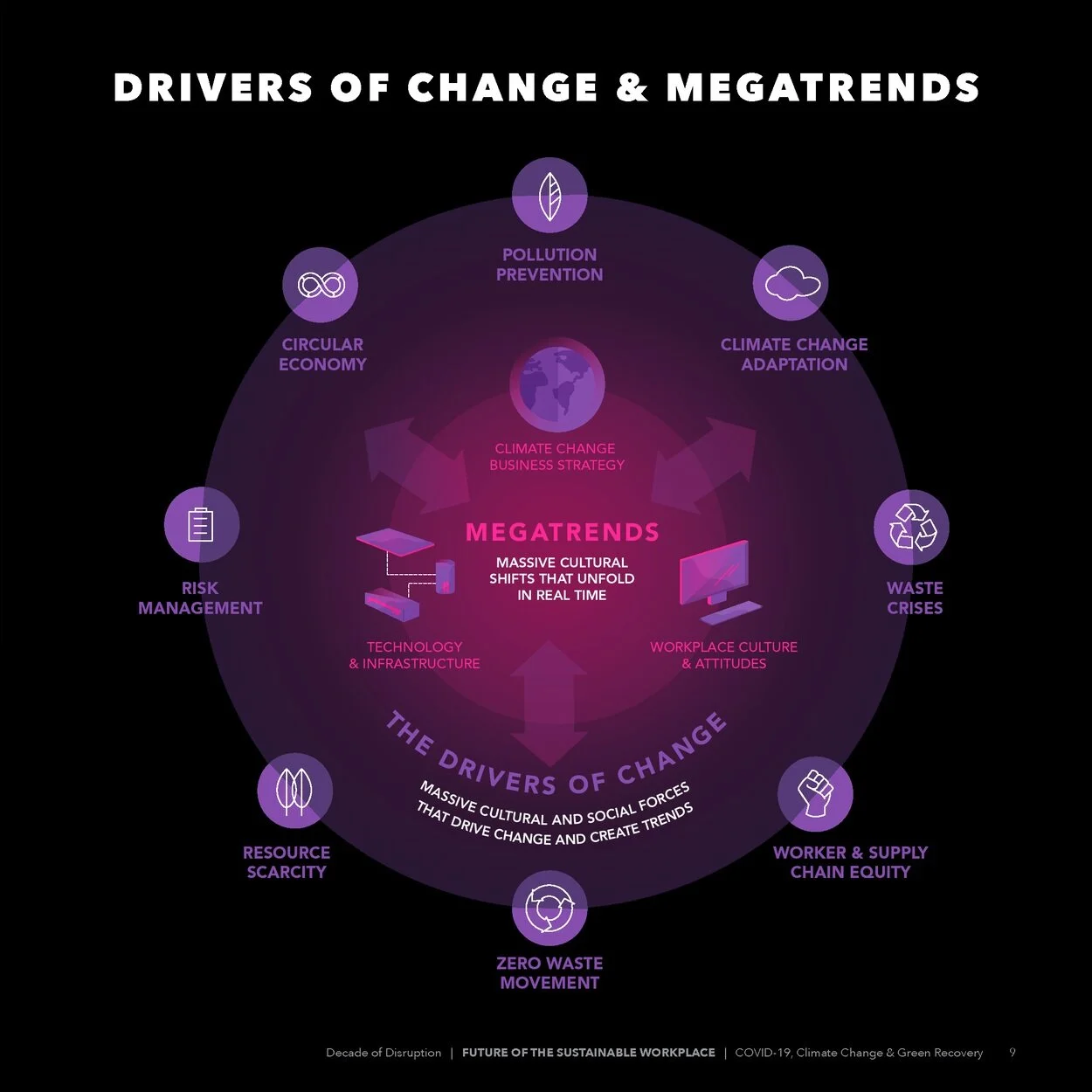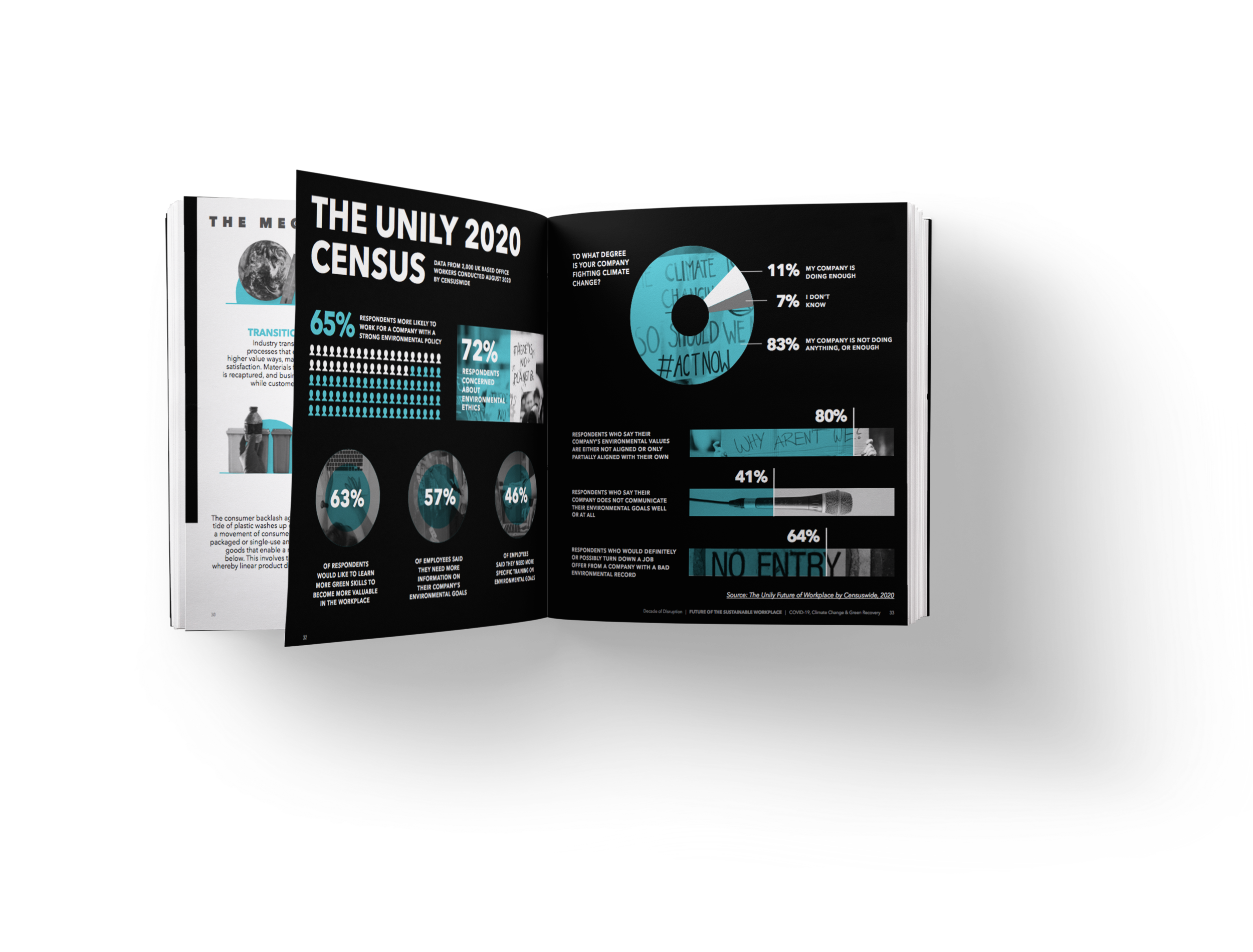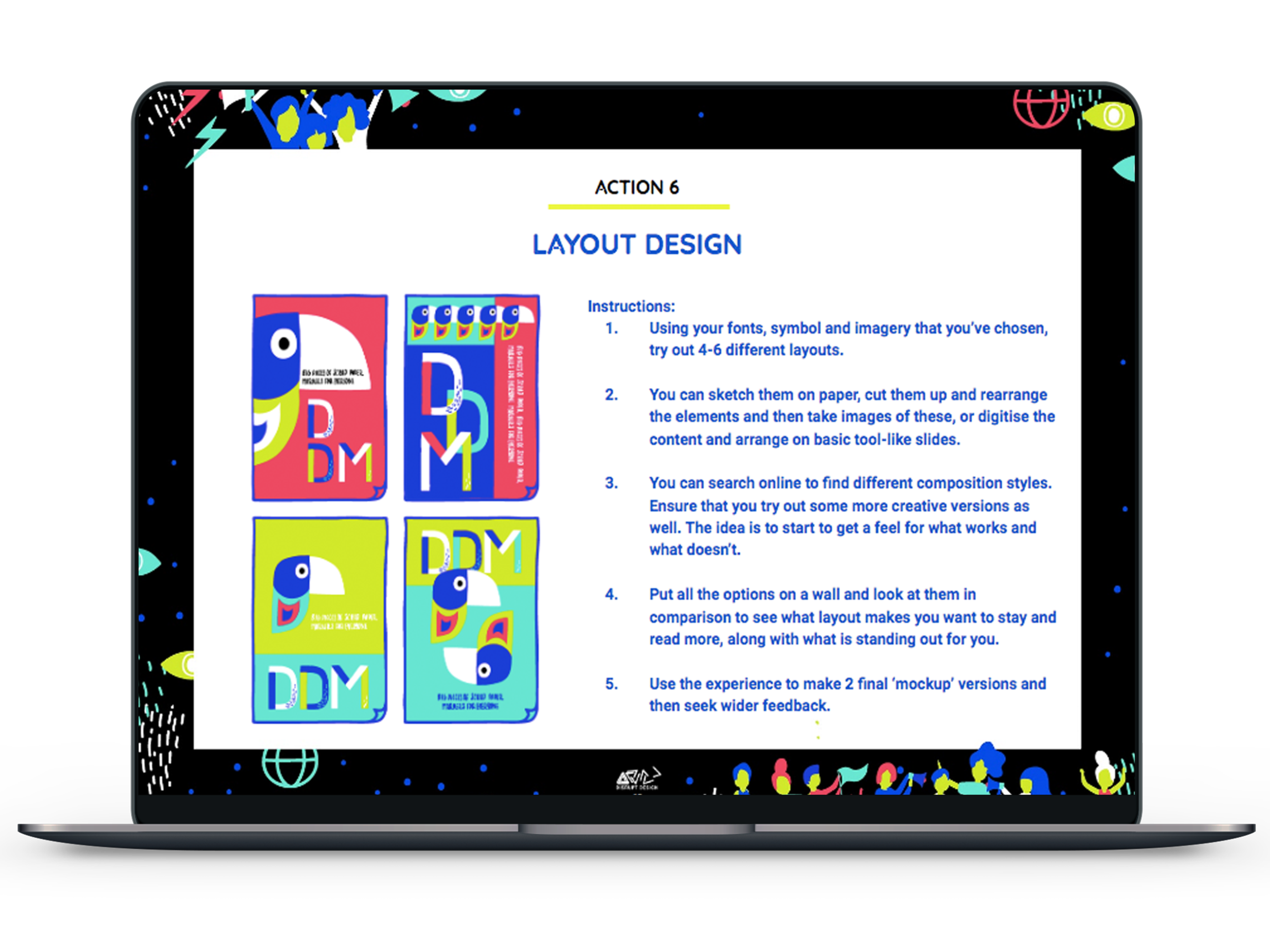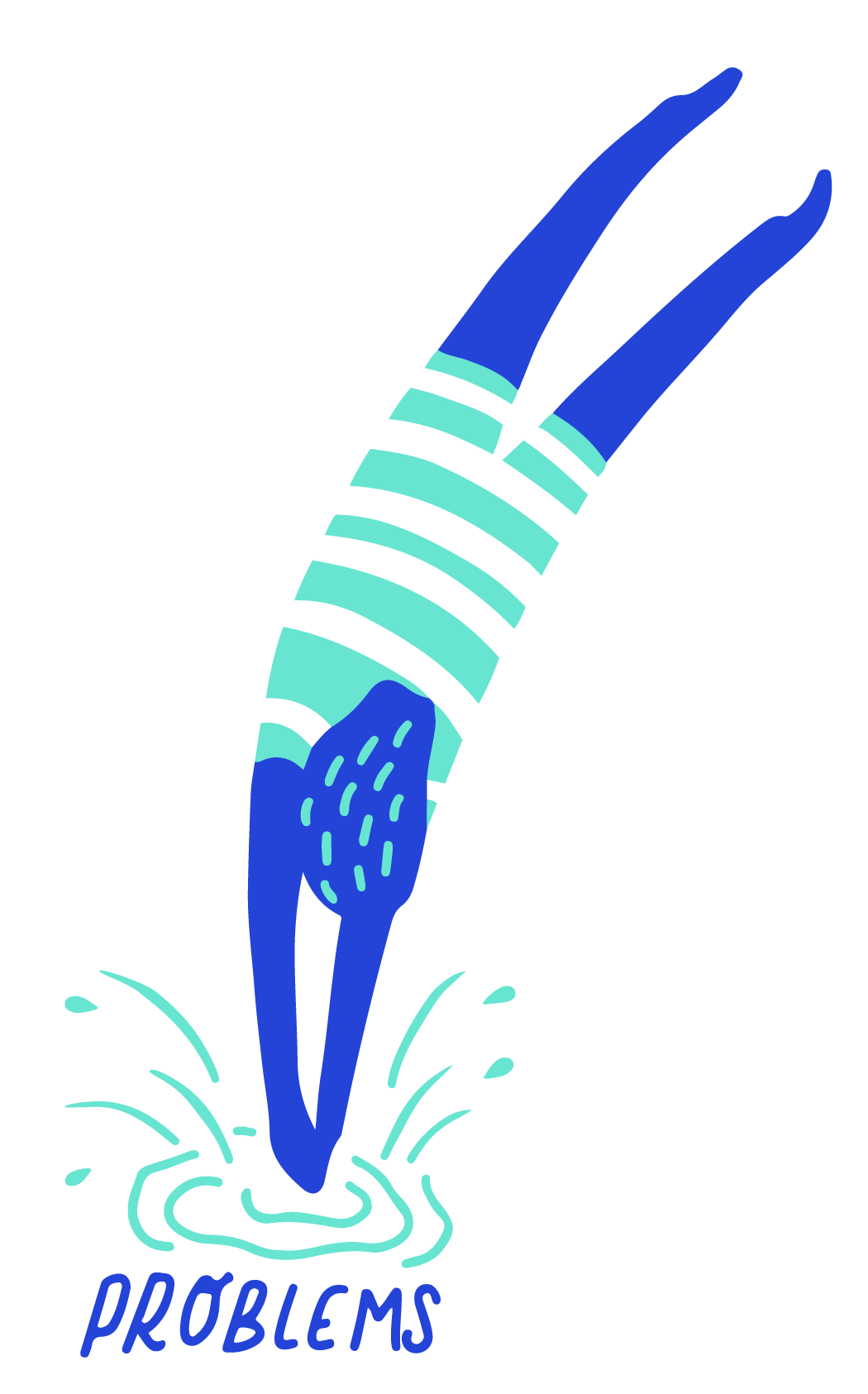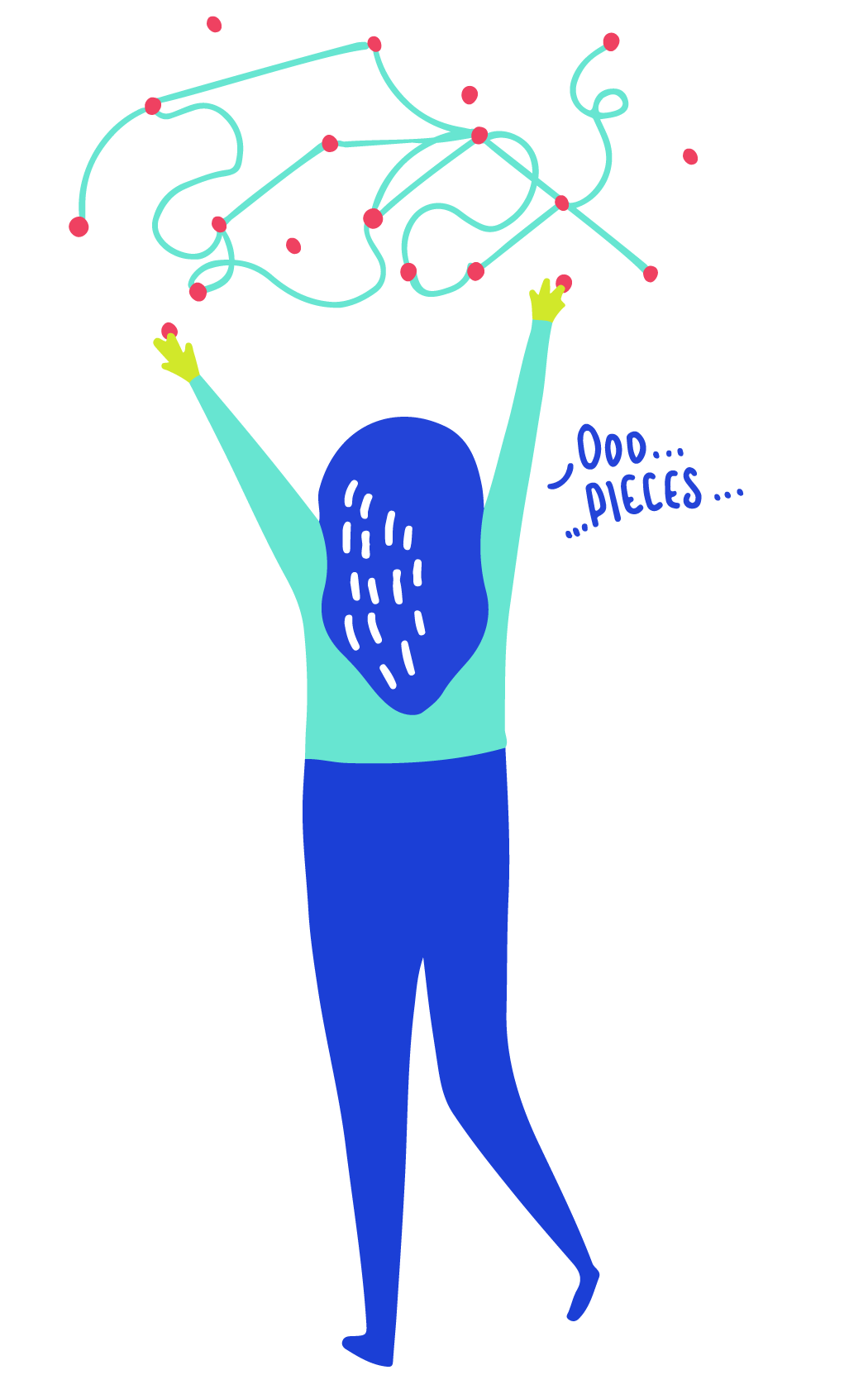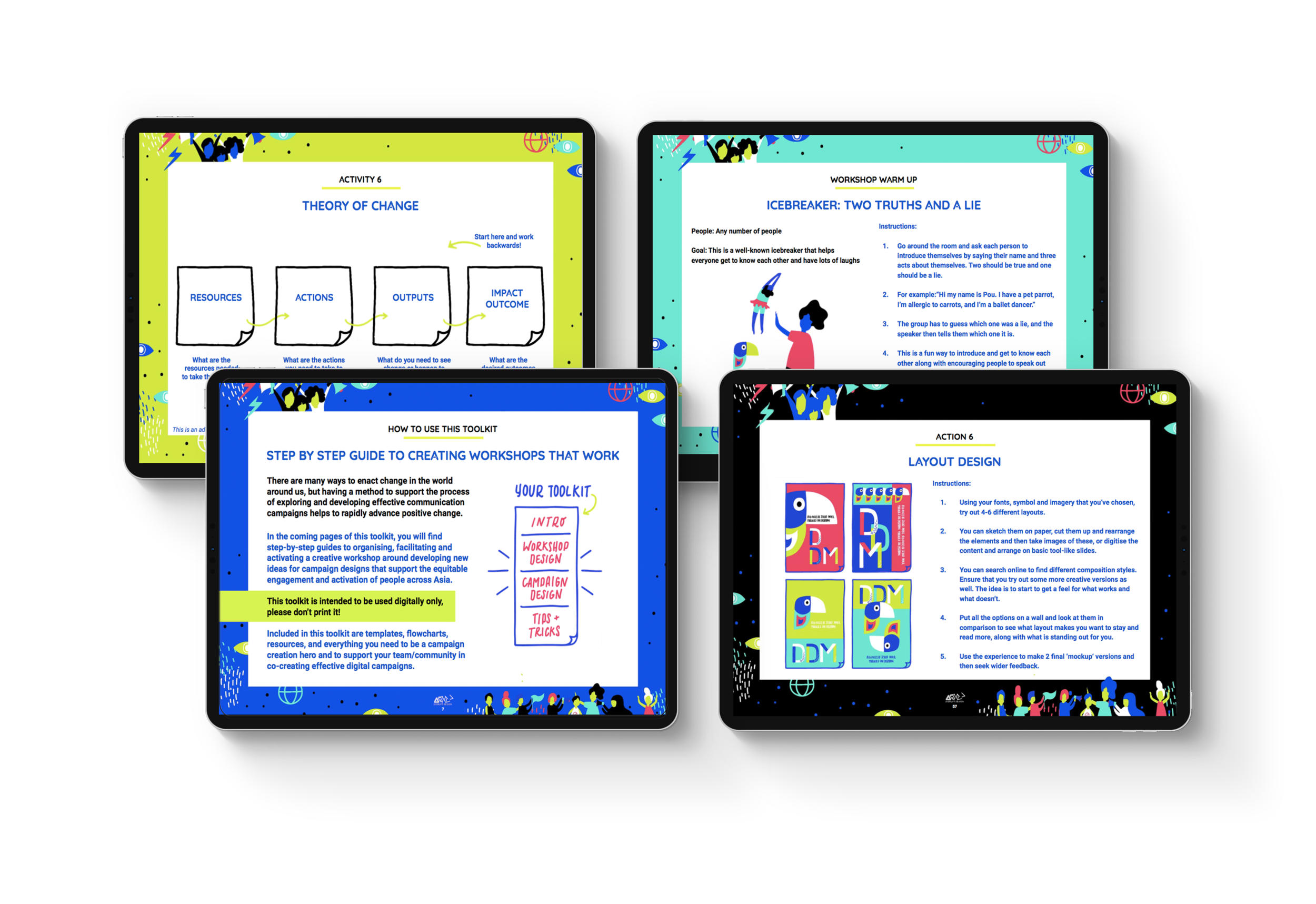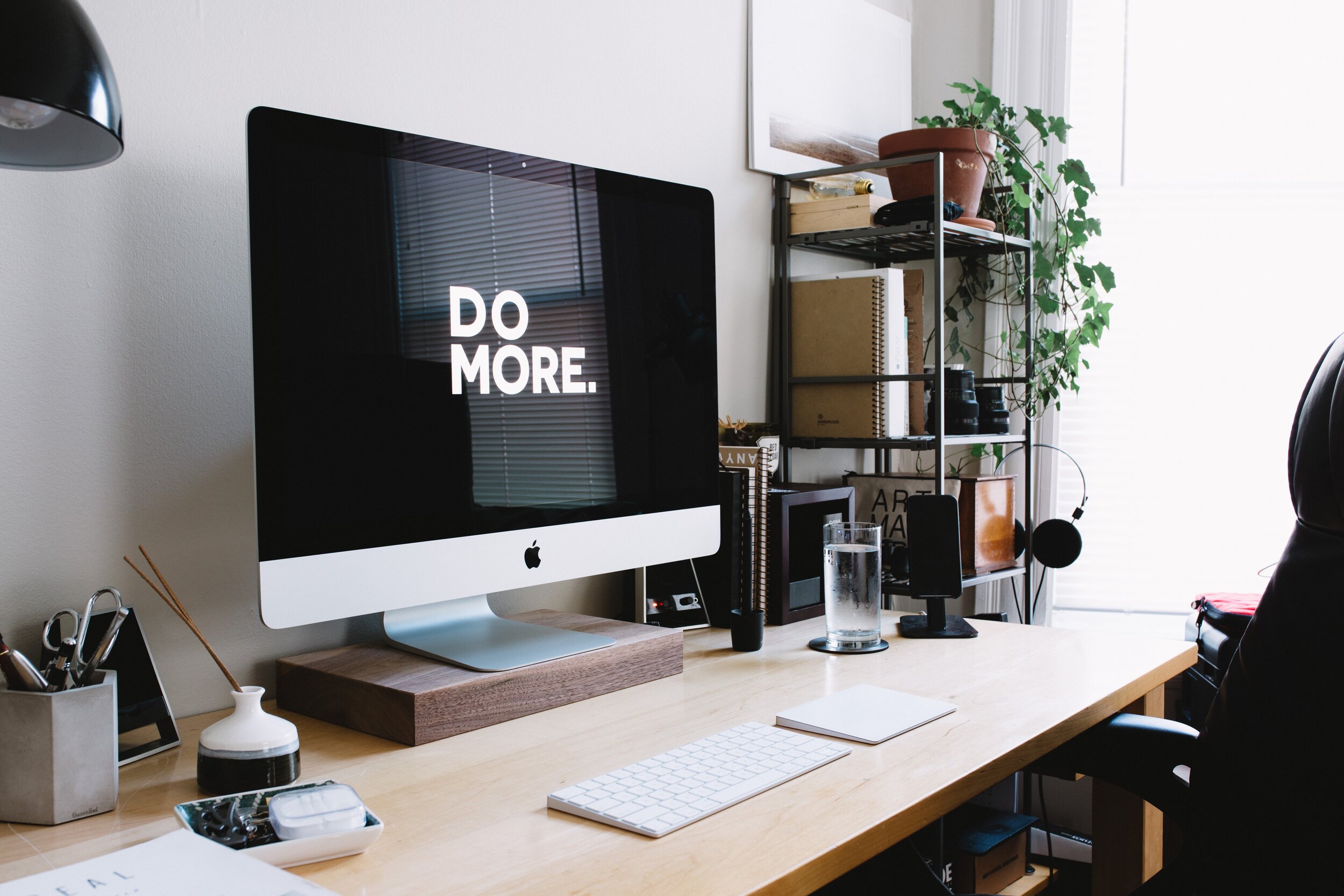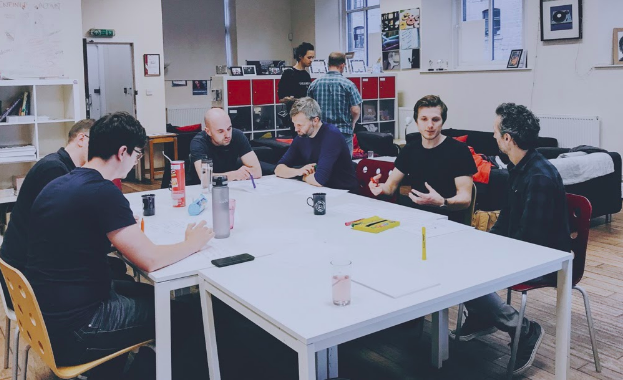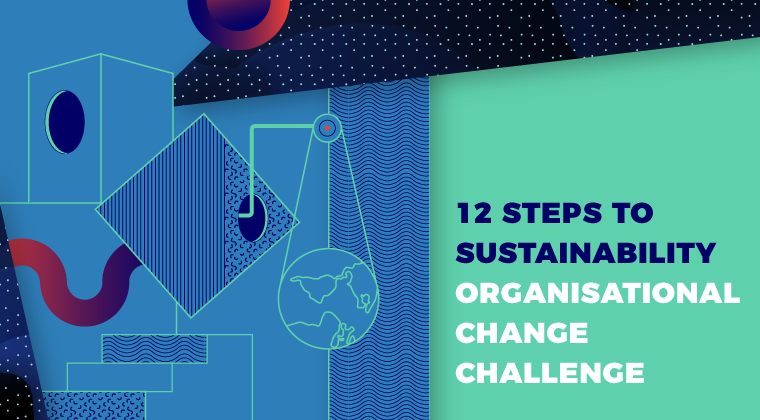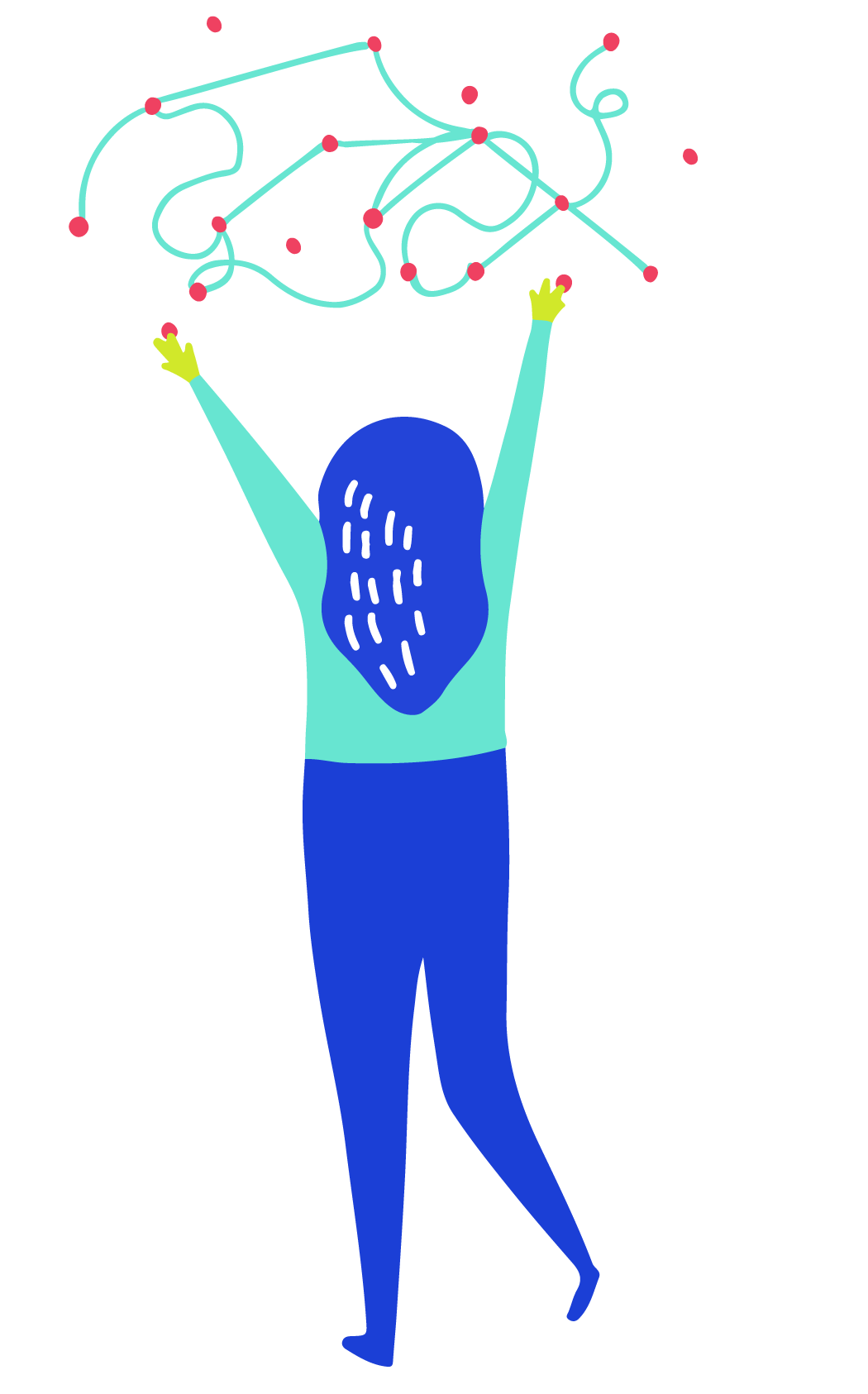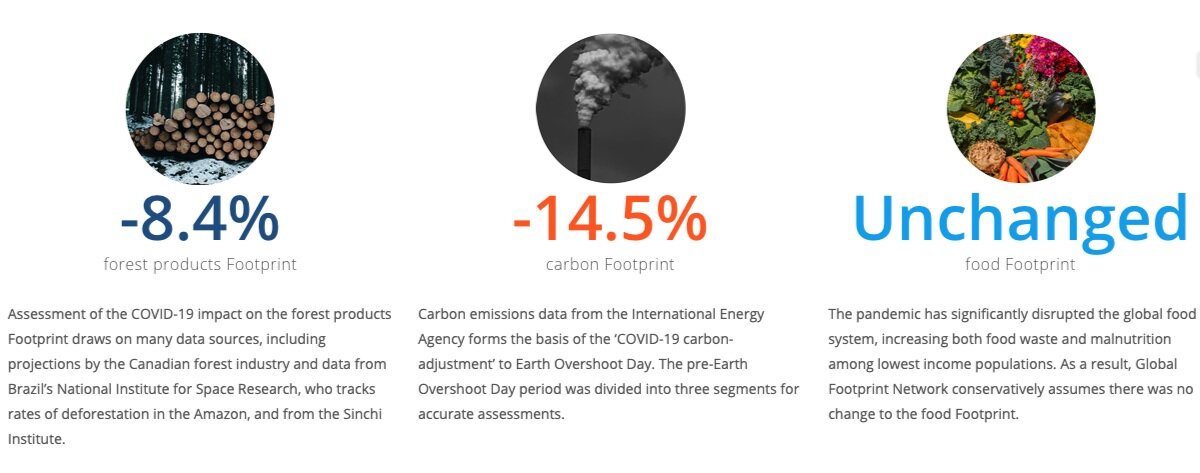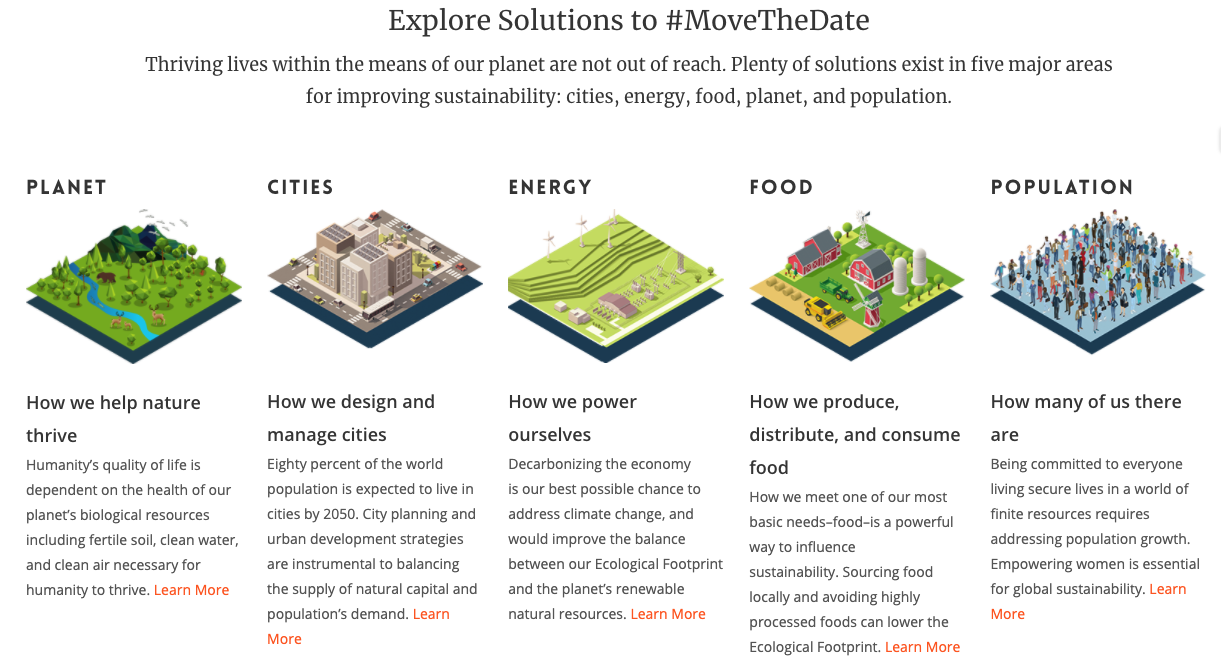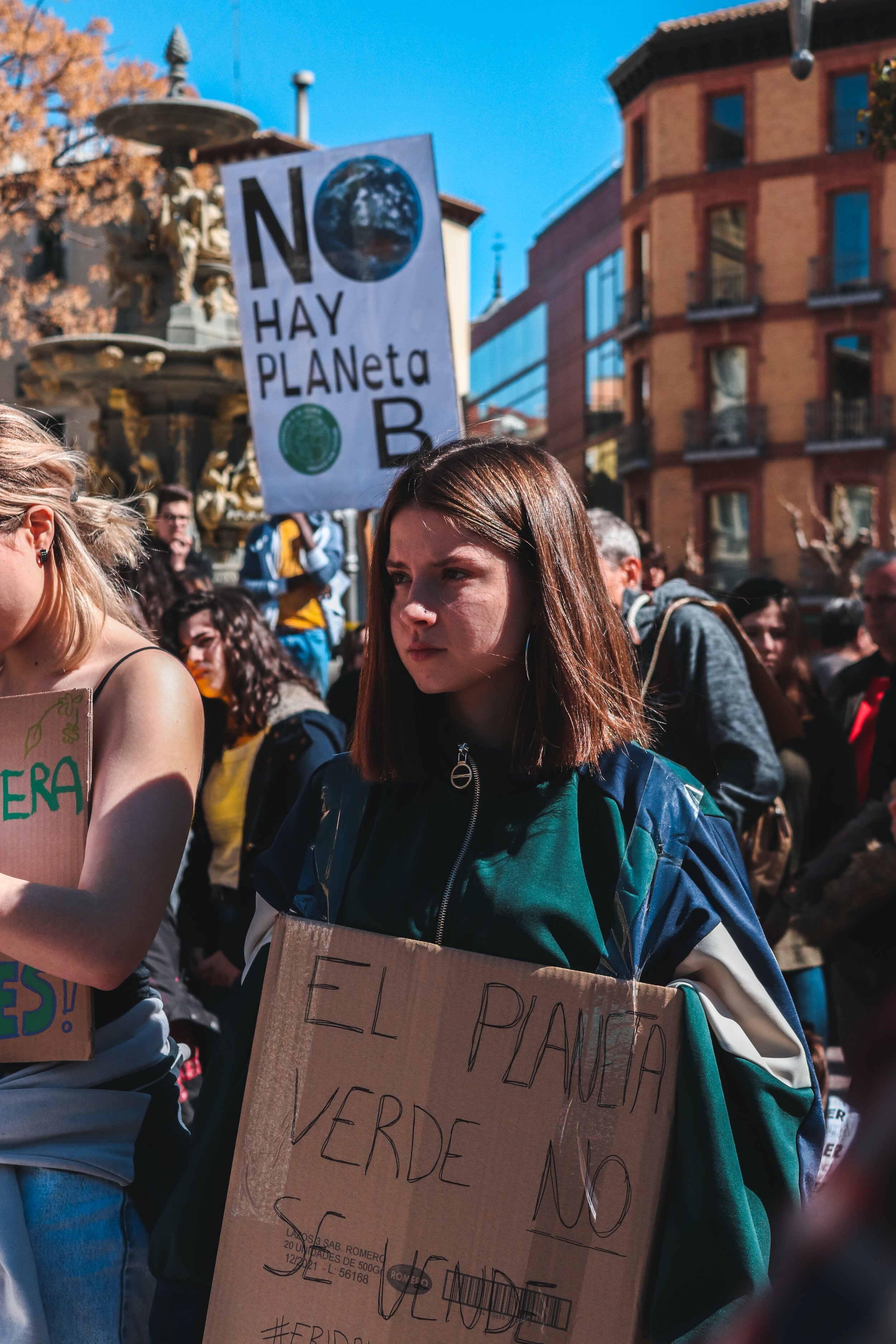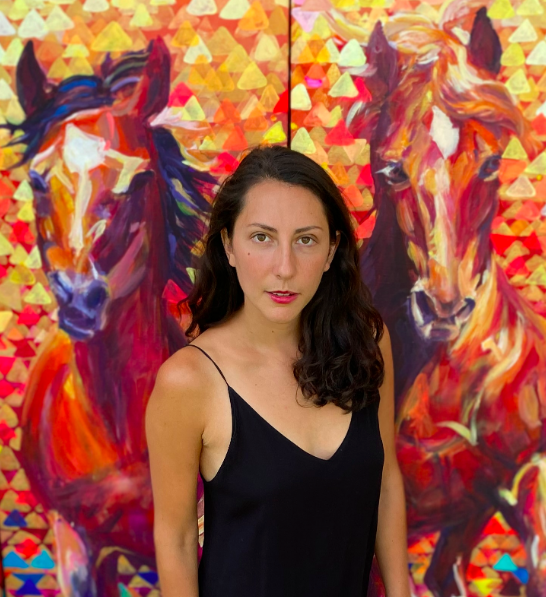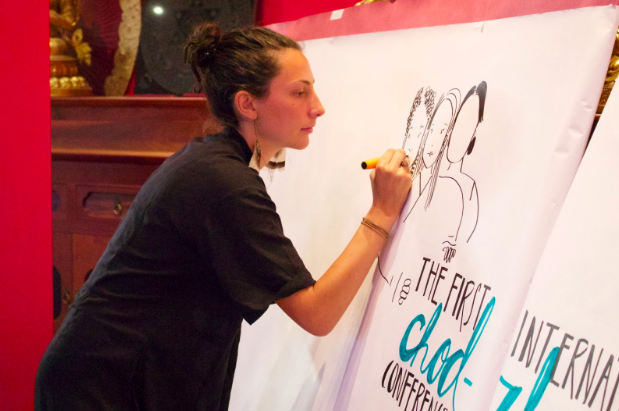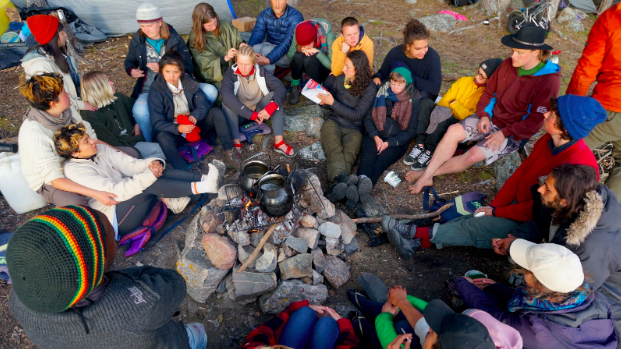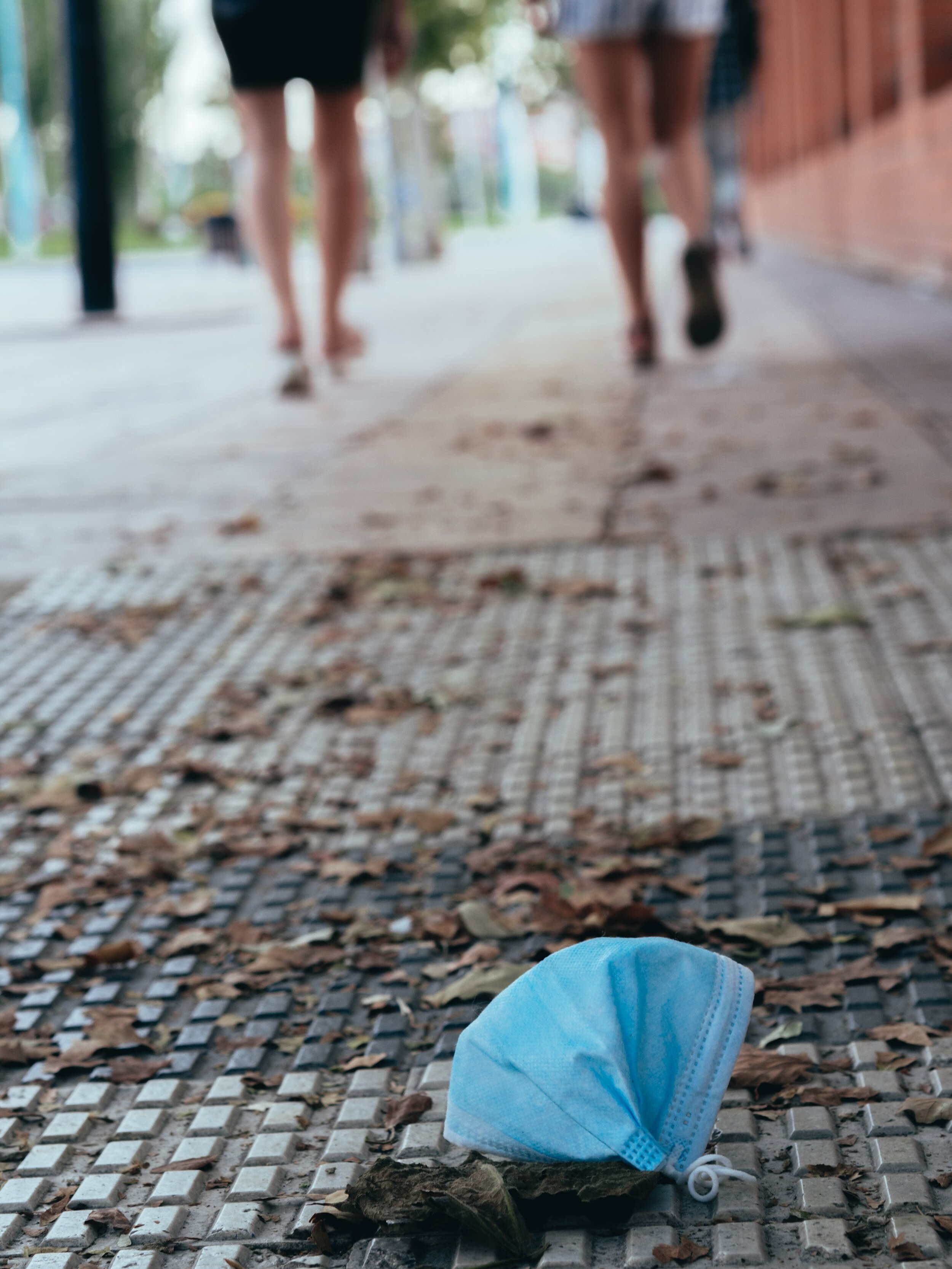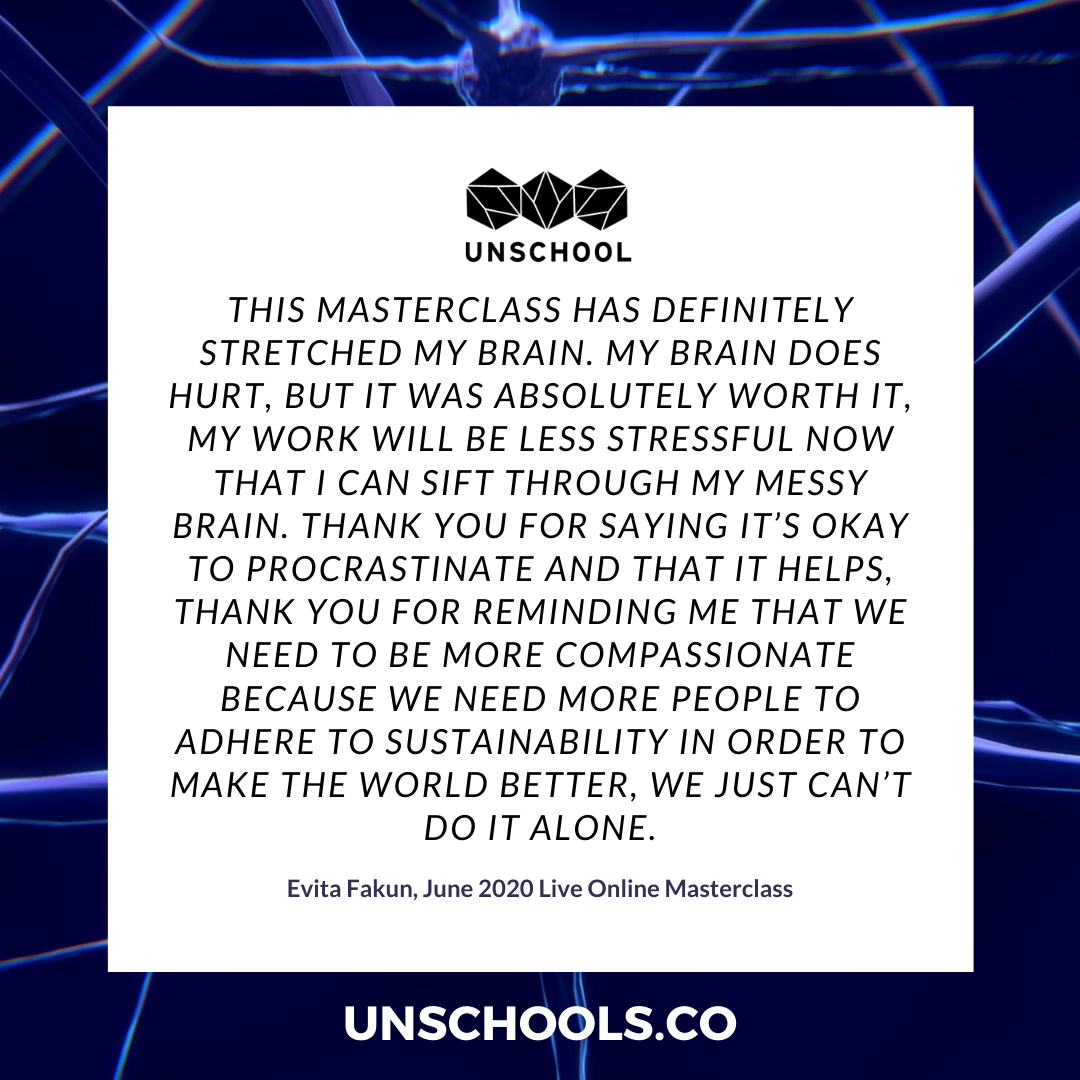What motivates you to do the work that you do?
What education do we need now? What form will allow this intention to thrive and create generative impact? How can we practically and lovingly work towards collective liberation for all beings? How can I live in sustainable cycles? These are some of the questions motivating my life and work at the moment.
I have a deep care for the world and human beings. Since arriving at YIP, I have become more committed to unfolding potential in each other as a way to create social change.
How did you find out about the UnSchool, and what motivated you to come?
I had just moved to Sao Paulo for four months to work with a project called the Amazon Summer School in the heart of Brasil’s rainforest. This 21-day sustainability leadership education program builds capacities to understand, reflect on and take action in the field of sustainable development. People from all over the world come and fall in love with the forest and its people, gaining inspiration to step into a role of defending this forest for future generations. Everything I had been working with and studying was coming into practice with this work.
I was curious about what, who, and how social innovation existed in Sao Paulo. I wanted to discover frameworks, mental models and design tools that could support our team to embed the scientific element of sustainability and systems thinking into our program in an elegant way. I had been working as a graphic facilitator and was missing the link between my artistic/facilitation practice and my academic background in Sustainability Systems Science and International Development/Relations.
My friend Raquel sent me the description for the UnSchool Fellowship program and I kept nodding and saying “yes” as I read it, and so I applied the next day — before I had even realized what I had done!
What was your experience at the UnSchool like?
Fast. Thrilling. Colourful. Lots of information. Equal amounts of action. Deep conversations. Games. Notebooks full of diagrams. Challenge. Joy. Hands-on practice.
As a process designer, I found new ways to express and deepen my practice. I experienced how important design is to me and how many ways you can understand what this word means. The graphic design of the materials. The educational model and pedagogical design of the days. The Disruptive Design tools. Life cycle assessments, circular economy - elegant designs for thriving life. I was awed by the cohort of people. Getting to know each one was a gift. Not to mention the mentors, Leyla, and the fellowship hosts. It felt like it was one year and one day all at the same time.
I also loved how connected to the city of Sao Paulo the program was and how much I learned about the city I was living in. Touring different areas, visiting different buildings and initiatives. I was captivated by all the different learning environments we were invited into.
What was the main take away you had from coming to the UnSchool?
Design is a social scripter that shapes the world. If we design conventions or spaces that invite a different behaviour, we can change our systems and structures. I repeat this line that I learned there a lot now because it reveals a truth I feel is a needed medicine at the moment.
Human beings who are taken away from their contexts and living in oppressive, racist, growth-based systems behave in ways that are not indicative of what people are capable of. People behave according to the systems that they are invited into. If we were part of different systems, we would behave differently, in a more aligned way with what I feel our potential is as human beings.
On a small scale, the way the environment is set up changes the way we experience learning. On a bigger scale, we see how this plays out in movements for sustainability and social justice, as our system favors some ways of being and not others. We are being called to question our ways of knowing and how we know what we know. Who taught us and how. Why do we believe it? This connects to the idea of “unschooling” and creating new ways of learning.
From the Fellowship, I took away a lot of questions and ideas about unlearning and how to invite people to participate in different ways of being to be part of creating different possible futures.
Tell us more about your initiative(s), and how is it all going?
It’s an interesting time to run an in-person international residential program for young people. Two years ago, I shifted from being a freelance sustainability and creative consultant to a full-time organizer and program coordinator, wanting to deepen my relationships by working with people and places over time. It has been a joy to work with co-founder Reinoud Meijer, Annie Meijer, and a committed team of educators.
YIP was created as a response by young people for young people who wanted a different kind of education that allowed them to meet the challenges of today’s world from a practical, intellectual, social and emotional perspective. Our ethos is that we see the world as one interconnected system, and so we are connected to and responsible for everything. From this understanding, we work with the balance between freedom and responsibility.
The ten-month program is composed of seven course modules: Global Realities; Inner Awareness; Collaboration and Community life; Initiative; Internship; Self-Designed Curriculum and Integration. We move from the systems of our world, the “why” we want to take action to the “who” wants to create change. We then explore “how” to work together before diving into “what” area we want to work in and “which”skills, capacities and qualities are needed.
YIP has existed in its physical form for over 12 years! At the moment, we are considering how we can maintain the in-person residential program we cherish while being adaptable and flexible to what Covid19 and its impacts are bringing us regarding the way our systems need to shift and how we need to be in order to support freedom, health and safety.


